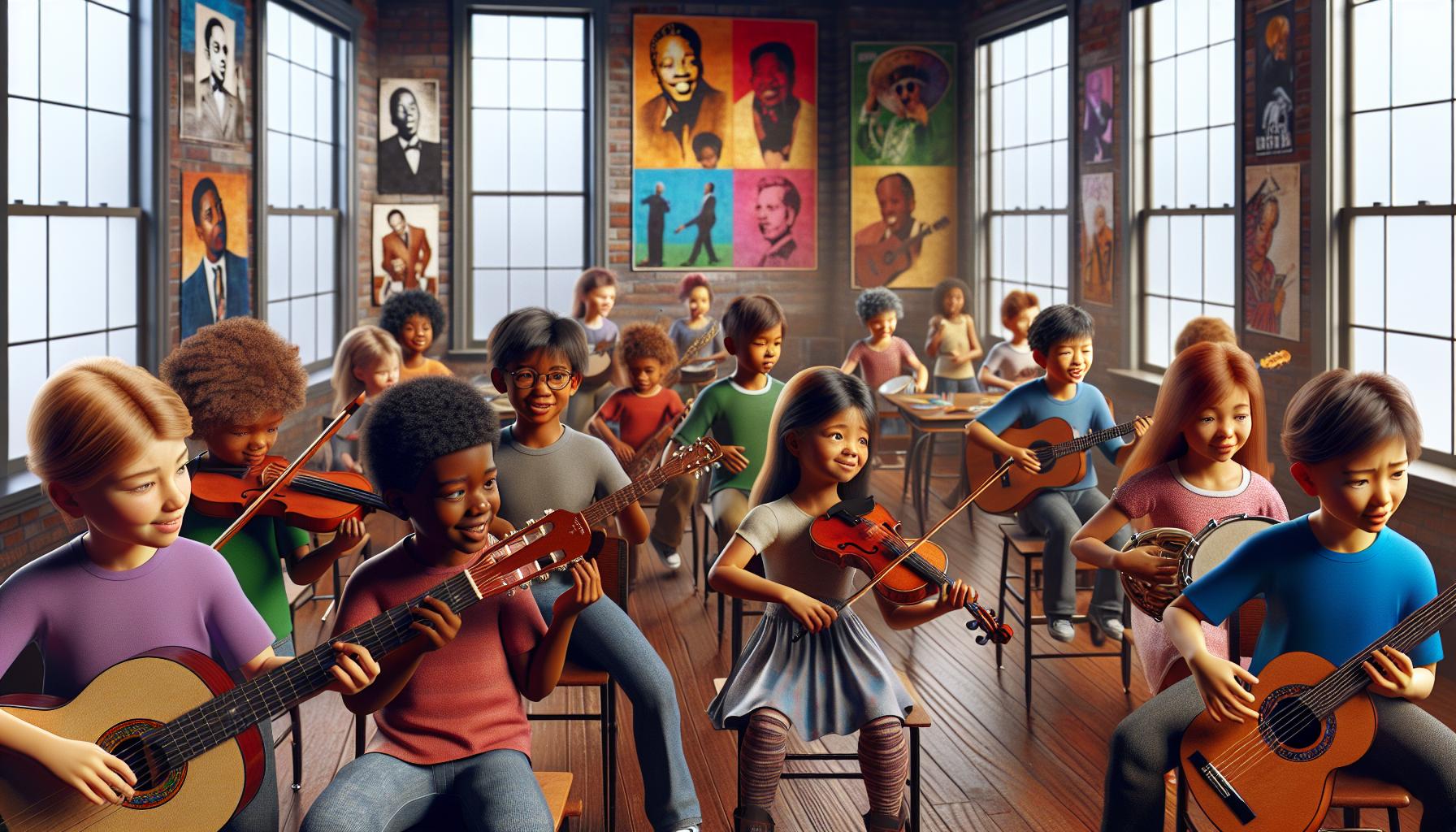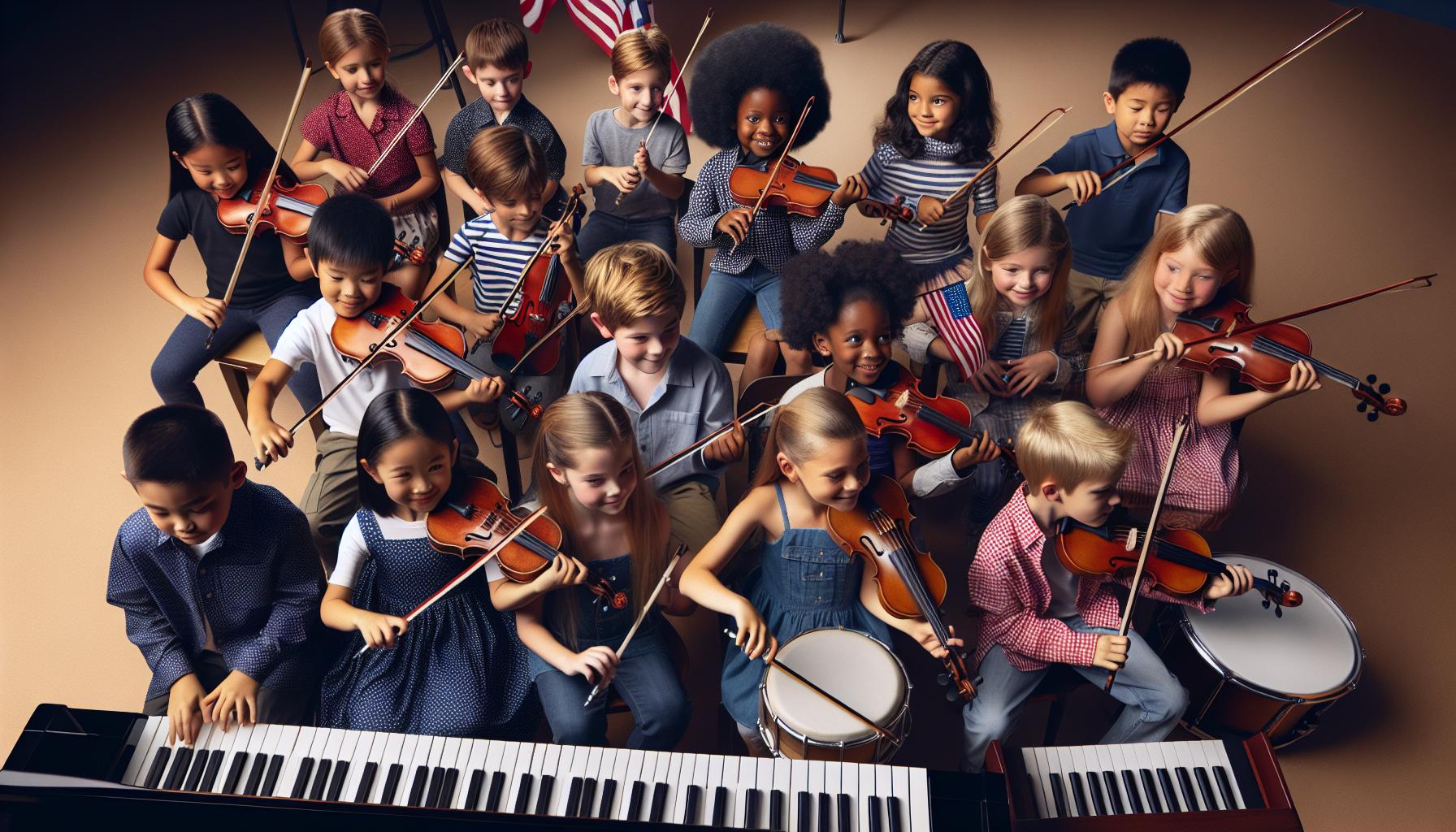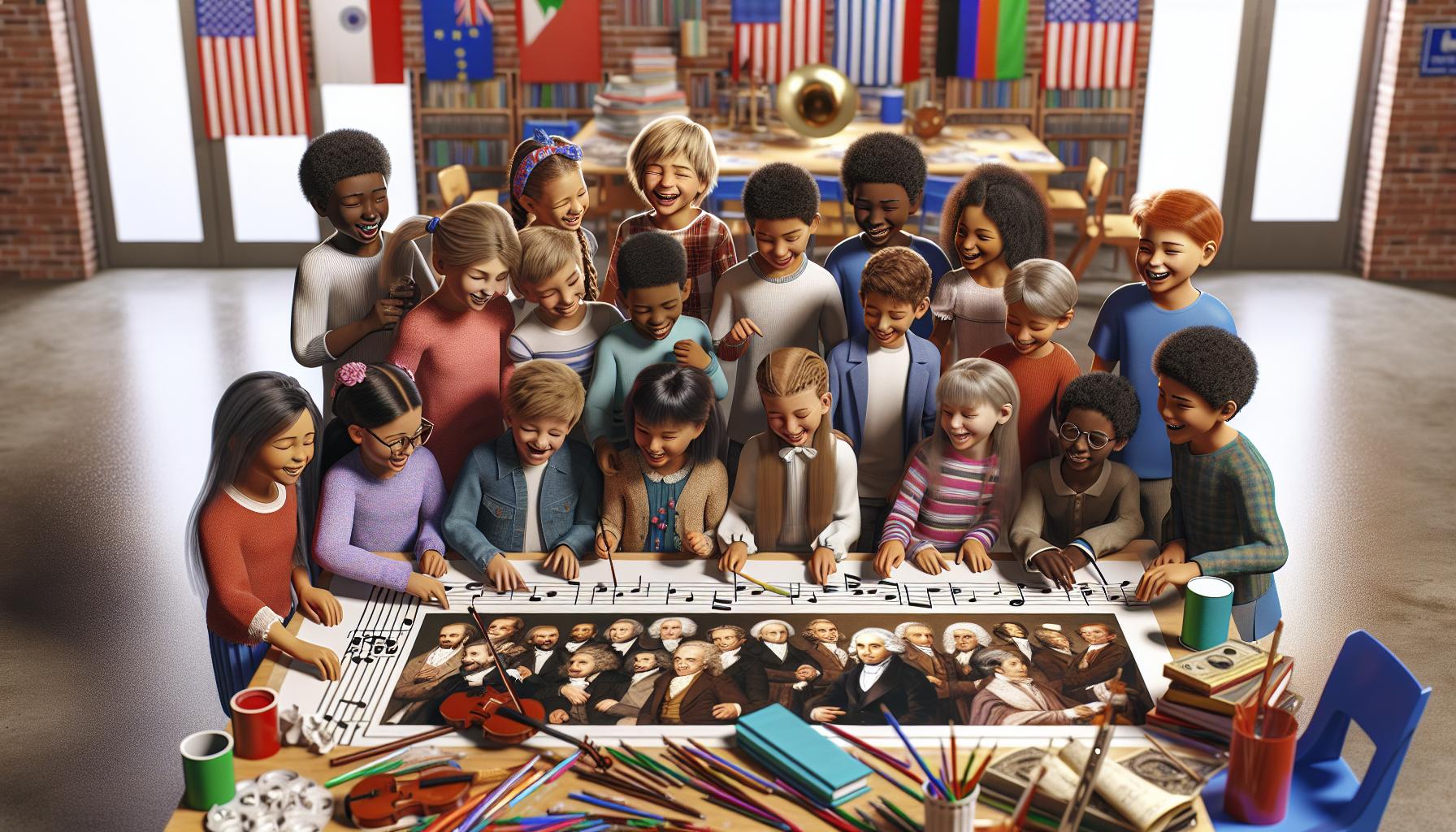Key Takeaways
- Larry the Cable Guy merges comedy with political commentary, representing the values of working-class Americans.
- His political views often align with conservative ideologies, including limited government intervention and lower taxes.
- Larry champions traditional values such as family, hard work, and patriotism, using humor to discuss relevant societal issues.
- His comedic style fosters public engagement with politics, making complex topics accessible and relatable to a broad audience.
- By interacting with political figures and responding to current events, Larry highlights the concerns of everyday Americans and advocates for their interests.
Larry the Cable Guy isn’t just a beloved comedian; he’s also a surprising voice in American politics. With his blue-collar persona and humor, he resonates with many who feel disconnected from traditional political discourse. His unique blend of comedy and candid opinions offers a refreshing take on the issues that matter to everyday Americans.
As a cultural icon, Larry’s political views reflect the values and concerns of a significant demographic. He often uses his platform to address topics like working-class struggles, government policies, and the importance of community. Exploring his political stance reveals not just his personal beliefs but also a broader commentary on the shifting landscape of American politics.
Larry The Cable Guy
Larry the Cable Guy, born Daniel Lawrence Whitney on February 17, 1963, in Pawnee City, Nebraska, merges comedy with commentary on working-class American life. He gained prominence through his blue-collar persona, characterized by his signature catchphrase, “Git-R-Done!” This phrase symbolizes hard work and determination, resonating with many who feel distanced from mainstream political discourse.
Larry’s career began in stand-up comedy during the late 1990s, leading to various television appearances, including “Blue Collar Comedy Tour.” His humor often highlights blue-collar struggles, reflecting the sentiments of a significant demographic. This approach has allowed him to connect with audiences who appreciate unfiltered expressions of everyday challenges.
In the political arena, Larry’s views often align with conservative ideologies. He addresses issues such as taxation, government intervention, and the importance of personal responsibility, appealing to those who share similar values. Larry’s blend of humor and political commentary serves as a voice for many, challenging the perception of comedy as solely entertainment.
In essence, Larry the Cable Guy embodies a unique intersection of comedy and political discourse, allowing him to engage with and understand the complexities of American politics through the lens of everyday experiences.
Political Views of Larry The Cable Guy
Larry the Cable Guy expresses political views reflecting the values and concerns of working-class Americans. His commentary often stems from a conservative perspective and reinforces traditional American values.
Conservatism and Its Influence
Conservatism significantly shapes Larry the Cable Guy’s political viewpoints. He supports limited government intervention in daily lives and advocates for lower taxes. He emphasizes personal responsibility and self-sufficiency as key principles for success. His humor often critiques excessive regulation and government spending, aiming to resonate with an audience that values fiscal conservatism. Larry’s alignment with conservative ideologies positions him as a relatable figure for many individuals who feel disconnected from mainstream political discourse.
Advocacy for Traditional Values
Larry the Cable Guy champions traditional values, including family, hard work, and patriotism. His comedy frequently highlights the importance of loyalty to family and communities. He believes in the foundational role of these values in maintaining societal stability. Through his performances, he addresses issues such as education and job creation, advocating for a return to core principles that prioritize individual effort and community support. Larry embodies a voice for those who appreciate the significance of tradition in navigating contemporary challenges.
Larry’s Role in American Comedy
Larry the Cable Guy’s influence in American comedy extends beyond mere entertainment. His blue-collar humor intertwines with political commentary, resonating with a wide audience.
Humor and Political Commentary
Larry employs humor to address political themes effectively. He uses his comedic platform to discuss working-class issues, limited government intervention, and the significance of individual responsibility. Jokes incorporate references to everyday struggles, making complex political ideas accessible. For instance, his critiques of excessive taxation and regulation often reflect the frustrations of his audience. By blending humor with substantial topics, Larry fosters a dialogue that challenges conventional political norms.
Impact on Public Perception
Larry’s comedic style shapes public perception of both his persona and political ideologies. He represents the interests and values of a demographic that feels marginalized in mainstream discourse. His conservative beliefs, such as advocating for low taxes and personal accountability, resonate with many working-class Americans. His visibility in comedy highlights the intersection of humor and serious issues, allowing audiences to engage with political content in a relatable manner. This duality positions Larry not only as a performer but also as a voice for a segment of society that seeks representation in political dialogues.
Interactions with Politics
Larry the Cable Guy plays a notable role in American political discourse, making connections that resonate with his audience’s values and concerns. His blue-collar persona enables meaningful engagement with broader political themes.
Engagement with Political Figures
Larry interacts with various political figures, using his platform and appeal to bridge gaps between entertainment and politics. He supports conservative candidates, often endorsing them through social media or public appearances. His humor often includes nods to political scenarios, allowing audiences to relate to political figures in a more approachable way. Larry communicates with politicians, expressing viewpoints relevant to working-class citizens, and emphasizes the importance of understanding blue-collar issues within political frameworks.
Reactions to Current Events
Larry responds to current events with humor and insights that reflect his audience’s sentiments. He addresses pressing issues like taxation, government spending, and personal freedoms, using his comedic lens to simplify complex topics. His commentary often highlights his disappointment with government actions that he perceives as detrimental to working-class families. Larry’s ability to weave humor into discussions about serious societal issues encourages audiences to remain informed and engaged in the political sphere while maintaining a lighthearted approach to challenging subjects.
Larry the Cable Guy stands out as a unique figure in American politics. His ability to blend humor with serious political commentary allows him to connect with audiences who feel overlooked by traditional political discourse. By addressing core issues like taxation and government intervention through relatable jokes, he makes complex ideas more accessible.
His advocacy for conservative values resonates deeply with working-class Americans. As he champions personal responsibility and community support, Larry encourages his audience to engage with political issues that impact their lives. This intersection of comedy and politics not only entertains but also fosters meaningful dialogue, solidifying Larry’s role as a significant voice for many in today’s political landscape.




